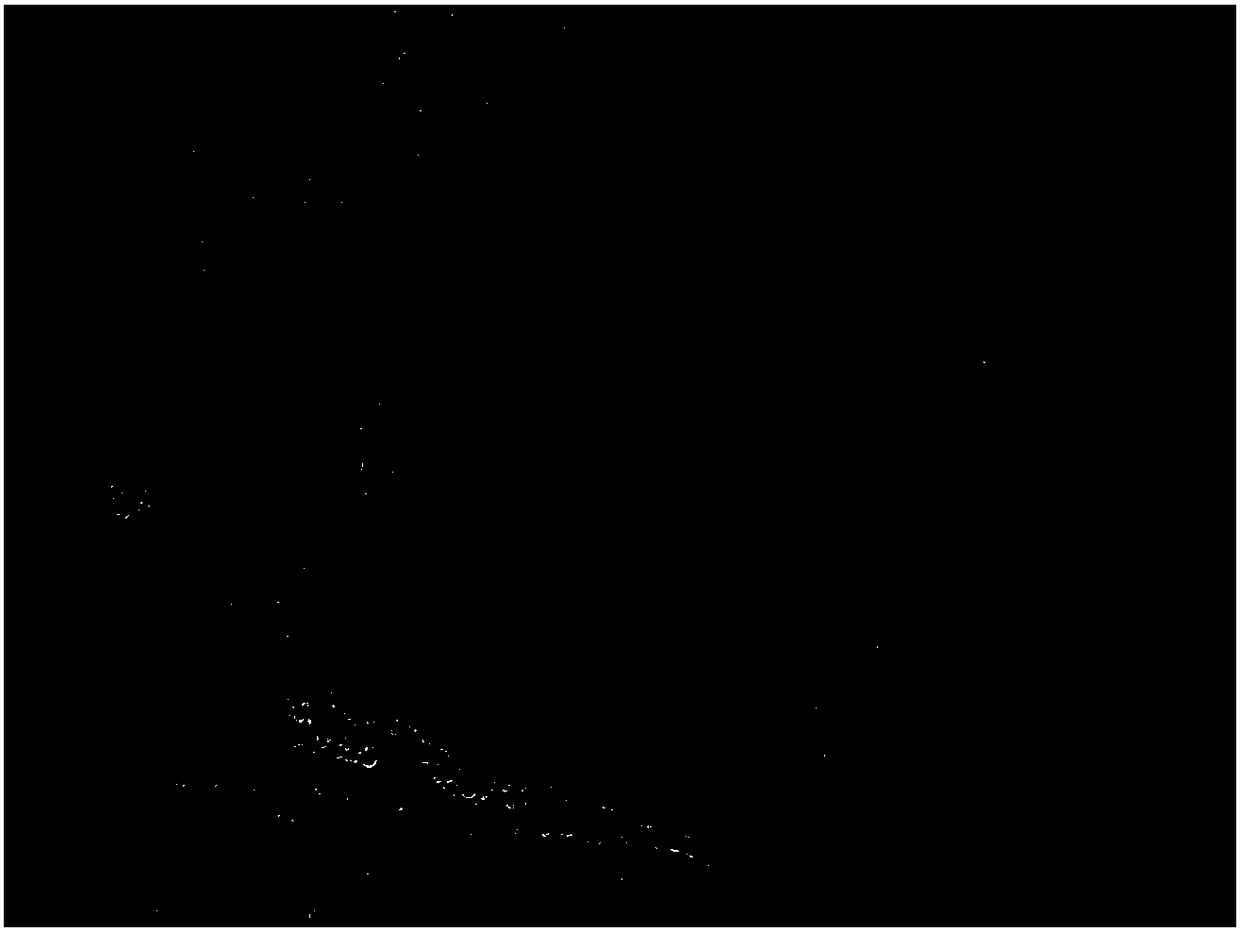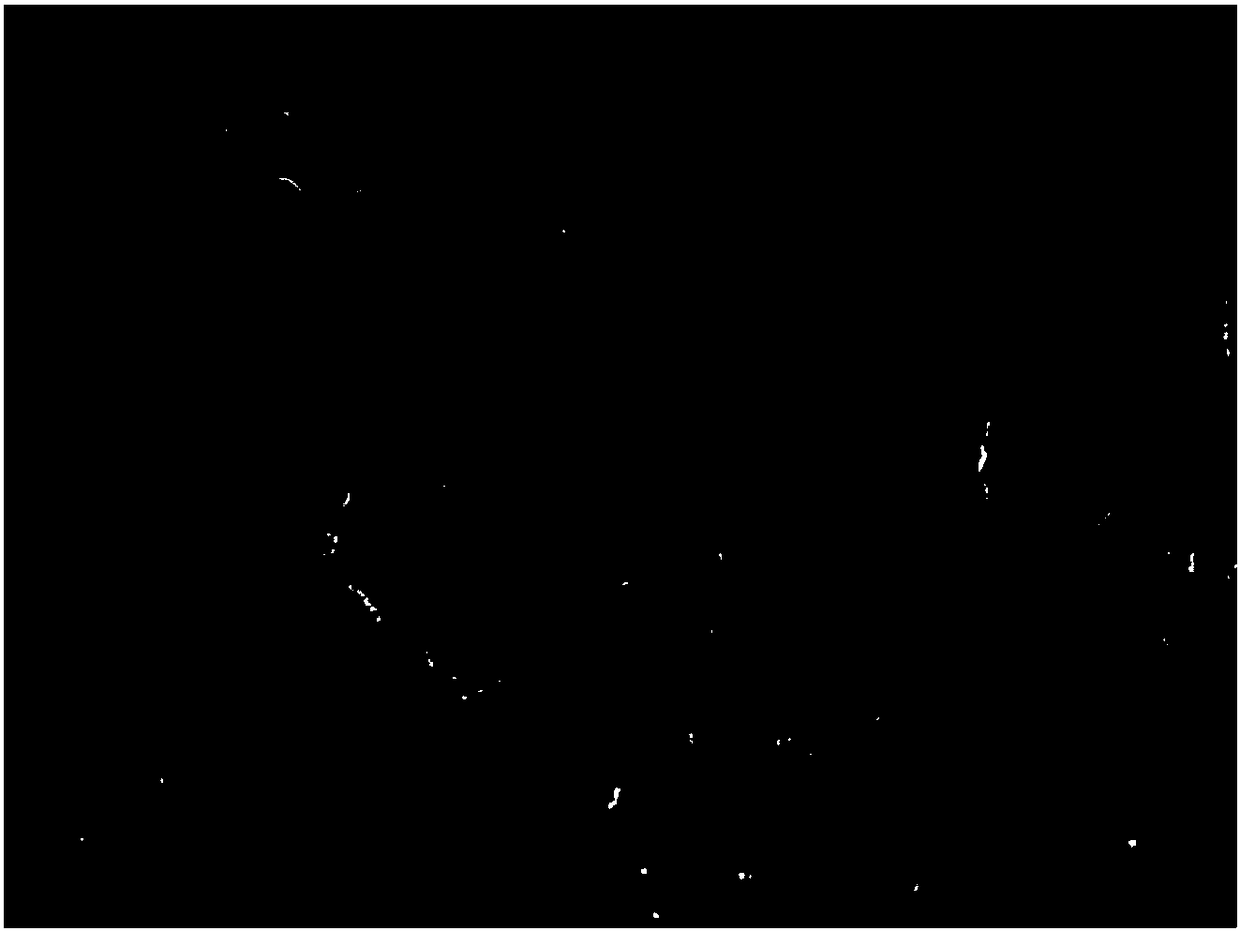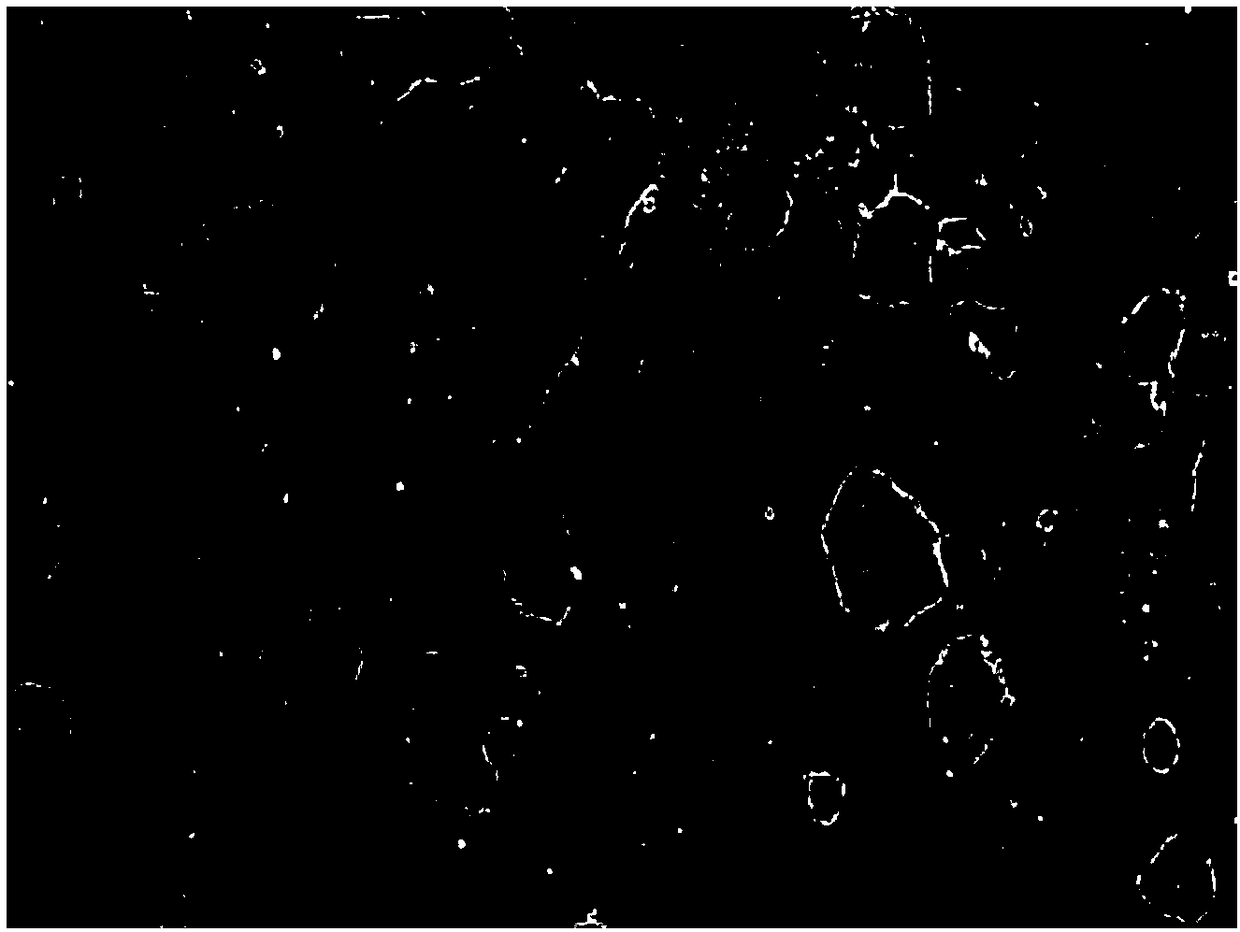Method for constructing porcine naive embryonic stem cell line
An embryonic stem cell and construction method technology, applied in embryonic cells, animal cells, vertebrate cells, etc., can solve the problems of not conducting chimera experiments, affecting the efficiency of embryonic stem cell culture and line establishment, and non-uniformity.
- Summary
- Abstract
- Description
- Claims
- Application Information
AI Technical Summary
Problems solved by technology
Method used
Image
Examples
Embodiment 1
[0052] Example 1 Obtaining of Transgenic Positive Pig Fetal Fibroblasts
[0053] The cryopreserved primary pig fetal fibroblasts were resuscitated in a 90 mm cell culture dish, cultured with cell culture medium (DMEM+20% FBS) until the cells grew to a confluence of about 90%, and the cells were collected. According to the nucleofection instructions, the primary porcine fetal fibroblasts were transfected with the U023 program using a Lonza nucleofection instrument. 48 h after transfection, the cells were digested with trypsin and 3 × 10 5 Cells were seeded in a 100 mm culture dish at a density of 100 mm, and complete culture medium (high-sugar DMEM+20% FBS) was added. Change the medium the next day, add complete cell culture medium with a final concentration of zeocin of 300ng / mL to continue the culture, and change the medium every 2 days. After 7-10 days, observe the cell clones under a microscope, and mark more than 100 cell clones. Under sterile conditions, place a plastic...
Embodiment 2
[0055] Example 2 Obtaining Transgene-Positive Somatic Cell Nuclear Transfer Blastocysts
[0056] The fresh pig ovary taken from the slaughterhouse is washed with sterilized physiological saline, the follicle fluid is extracted from the follicle with a syringe, added to a sterile 10cm petri dish, and the eggs are picked under a stereomicroscope with a suction pipe and put into the pig's ovary. Wash 3 times in oocyte maturation solution, transfer to a four-well plate containing 700 μl of maturation solution per well, cover with 300 μl of paraffin oil, and place in 38.5°C, 5% CO 2 Cultivate in the incubator for 42-44h. After 42-44 hours, the oocytes expelled from the first polar body were selected, and the transgene-positive pig fetal fibroblasts prepared in Example 1 were prepared for somatic cell nuclear transfer (SCNT). Transfer the fused reconstituted embryos to each well of a four-well plate containing 700 μl of porcine oocyte development solution and covered with 300 μl of...
Embodiment 3
[0057] Example 3 Preparation of feeder layer MEF cells
[0058] Inoculate the 3rd generation mouse embryonic fibroblasts (MEF cells) into a 10cm cell culture dish at 38.5°C in 5% CO 2 When cultured to a confluence of 95%, add 10 μg / ml mitomycin-C to the DMEM culture medium containing 10% serum (FBS) for 2.5 hours; wash 4 times with PBS; routinely digest, and then count the cells; press 1 ×10 5 piece / cm 2 The density was spread on a four-well plate pre-treated with gelatin, and then placed at 38.5 ° C, 5% CO 2 Incubate overnight in an incubator.
PUM
 Login to View More
Login to View More Abstract
Description
Claims
Application Information
 Login to View More
Login to View More - R&D
- Intellectual Property
- Life Sciences
- Materials
- Tech Scout
- Unparalleled Data Quality
- Higher Quality Content
- 60% Fewer Hallucinations
Browse by: Latest US Patents, China's latest patents, Technical Efficacy Thesaurus, Application Domain, Technology Topic, Popular Technical Reports.
© 2025 PatSnap. All rights reserved.Legal|Privacy policy|Modern Slavery Act Transparency Statement|Sitemap|About US| Contact US: help@patsnap.com



